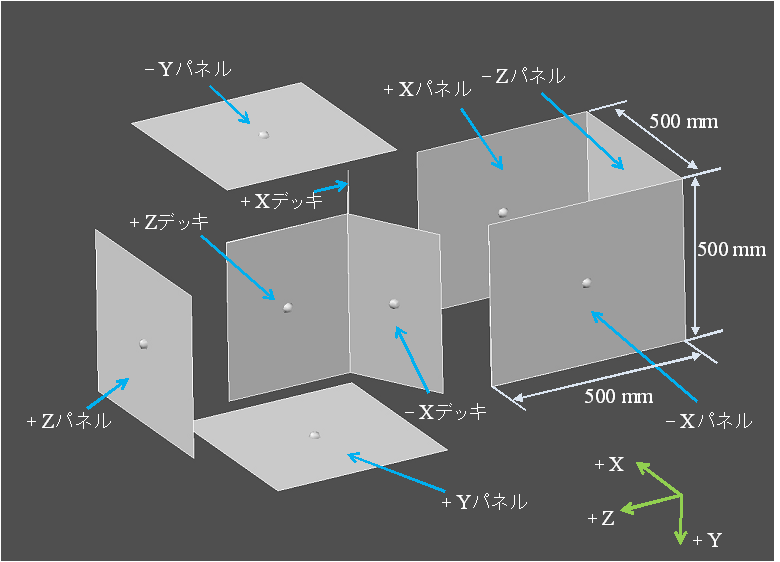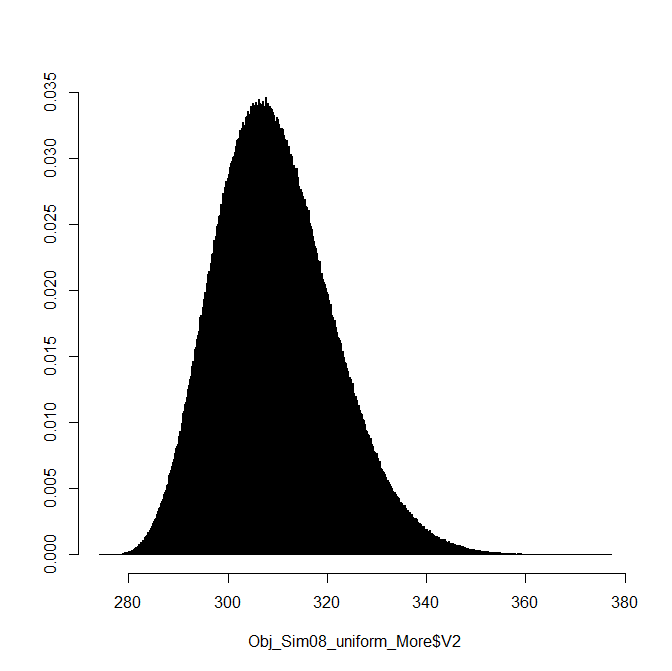Uncertainty quantification on satellite thermal design
JAXA Supercomputer System Annual Report April 2016-March 2017
Report Number: R16E0086
- Responsible Representative: Eiji Shima(Research Unit III Research and Development Directorate)
- Contact Information: Hiroshi Kato(kato.hiroshi@jaxa.jp)
- Members: Hiroshi Kato
- Subject Category: Space(Spacecraft,Space engineering)
Abstract
In satellite thermal design, there are several design constraints to deal with the uncertainty of the satellite thermal environment. However, these constraints will be obstacles to improve the satellite thermal design process in the future. In this study, we aim to appropriately evaluate constraints on satellite thermal design by quantifying the uncertainty of satellite thermal environment.
Goal
Our purpose is to improving the satellite thermal design process by developing a key technology of ‘satellite thermal environment uncertainty quantification’.
Objective
Our goal is to realize ① reduction of the thermal balance test, and ② rationalization of the temperature margin by demonstrating the effect of the uncertainty quantification for the satellite thermal environment.
References and Links
N/A
Use of the Supercomputer
To realize the satellite thermal analyses of numerous samples.
Necessity of the Supercomputer
There is no environment to perform the satellite thermal analyses of numerous samples under realistic time.
Achievements of the Year
Thermal analysis for pseudo satellite of large samples was conducted. Figure 1 shows an overview of the pseudo satellite. Figure 2 is a histogram of the maximum temperature on the orbital of the inner panel extracted from the results of thermal analysis of 3.2 million samples. It was found that the JSS2 can implement the calculation of 3.2 million samples in realistic time.
Publications
N/A
Computational Information
- Parallelization Methods: Hybrid Parallelization
- Process Parallelization Methods: MPI
- Thread Parallelization Methods: OpenMP
- Number of Processes: 64
- Number of Threads per Process: 8
- Number of Nodes Used: 8
- Elapsed Time per Case (Hours): 0.0000006
- Number of Cases: 3200000
Resources Used
Total Amount of Virtual Cost(Yen): 26,247
Breakdown List by Resources
| System Name | Amount of Core Time(core x hours) | Virtual Cost(Yen) |
|---|---|---|
| SORA-MA | 2,031.57 | 3,341 |
| SORA-PP | 0.00 | 0 |
| SORA-LM | 0.00 | 0 |
| SORA-TPP | 0.00 | 0 |
| File System Name | Storage assigned(GiB) | Virtual Cost(Yen) |
|---|---|---|
| /home | 11.92 | 94 |
| /data | 2,384.19 | 18,929 |
| /ltmp | 488.28 | 3,876 |
| Archiving System Name | Storage used(TiB) | Virtual Cost(Yen) |
|---|---|---|
| J-SPACE | 0.00 | 0 |
Note: Virtual Cost=amount of cost, using the unit price list of JAXA Facility Utilization program(2016)
JAXA Supercomputer System Annual Report April 2016-March 2017




